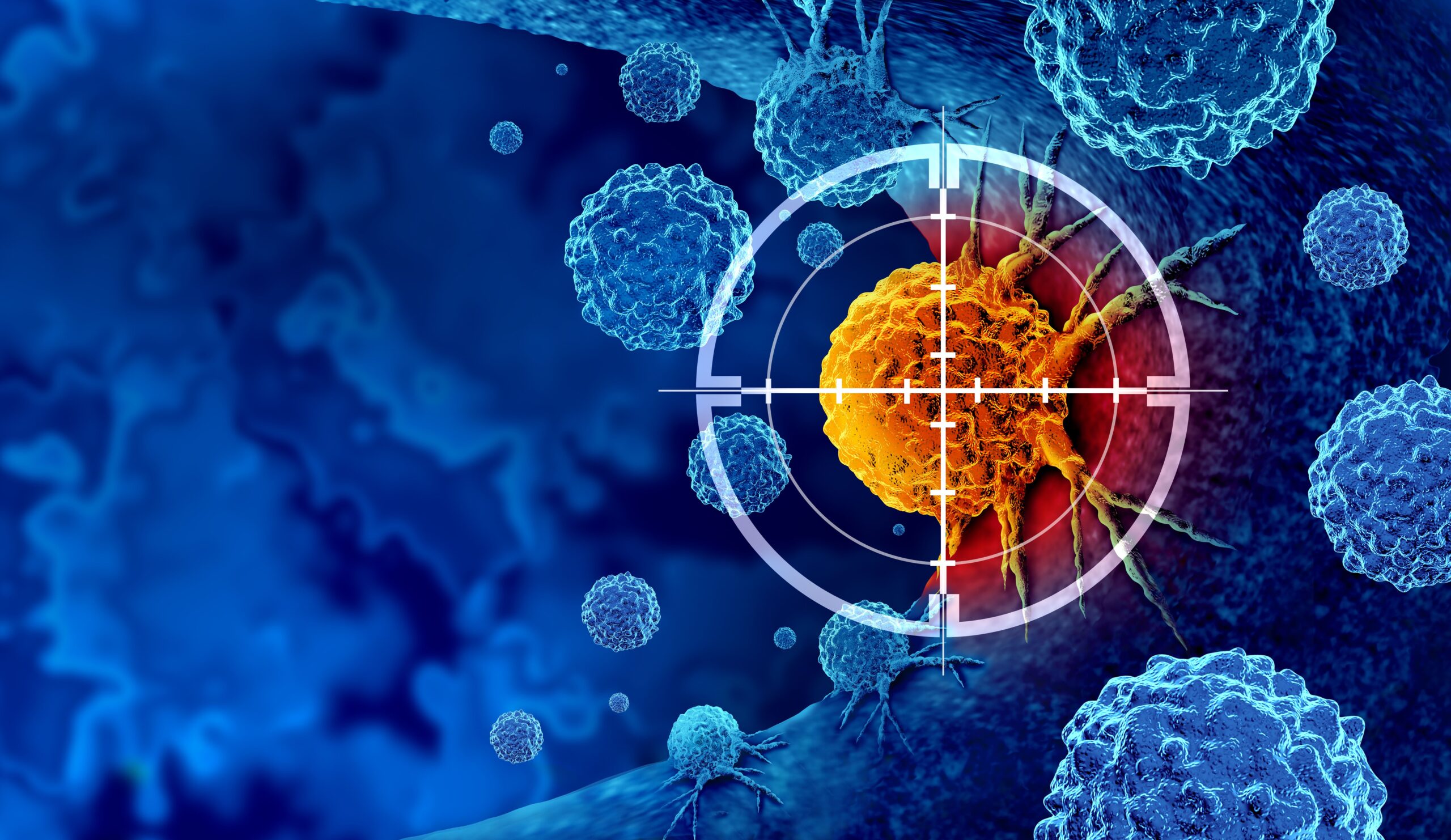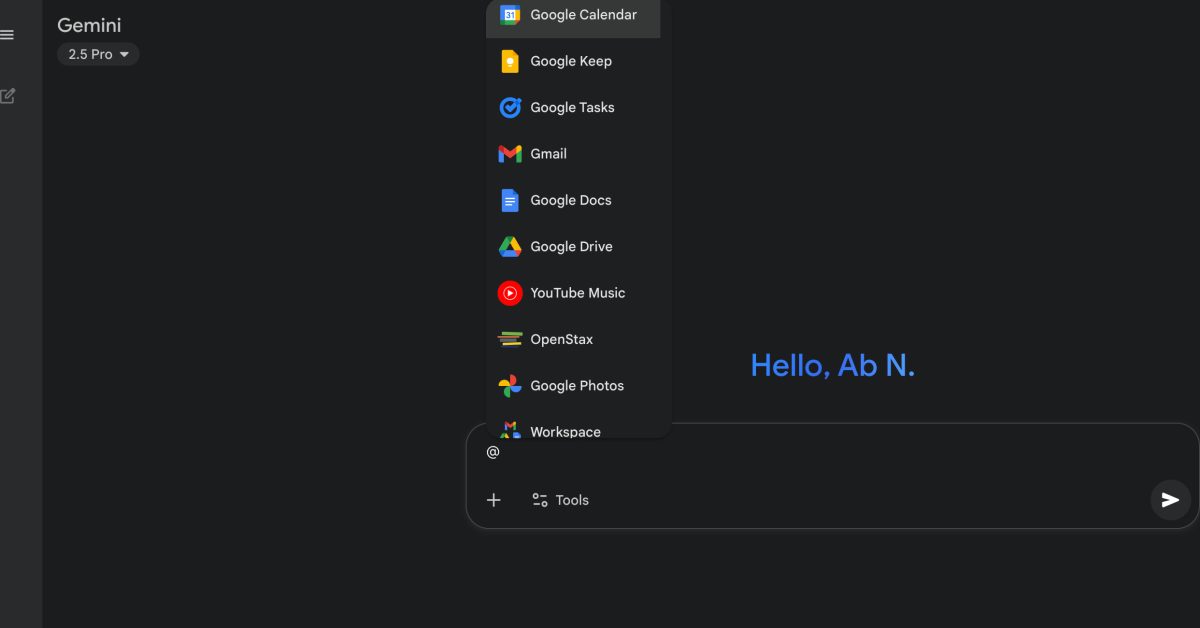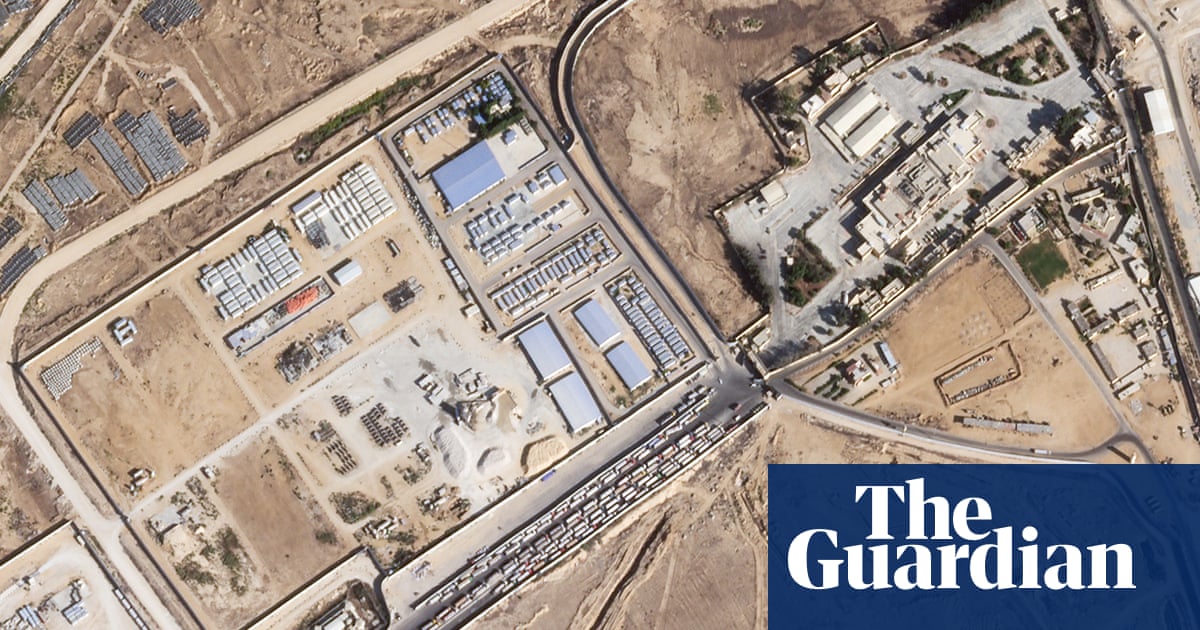Domantas Sabonis suffered a hamstring injury October 15 and will miss the start of the season.
SACRAMENTO, Calif. (AP) — Sacramento Kings big man Domantas Sabonis will miss the start of the season with a hamstring injury.
The Kings said…

Domantas Sabonis suffered a hamstring injury October 15 and will miss the start of the season.
SACRAMENTO, Calif. (AP) — Sacramento Kings big man Domantas Sabonis will miss the start of the season with a hamstring injury.
The Kings said…

Decades of clinical research has led to the discovery of key biomarkers, development of novel agents, and the subsequent improvement in patient survival outcomes.
At the European Society for Medical Oncology 2025 Congress, Jürgen Wolf, MD, medical director at the Center for Integrated Oncology, and chair of the Lung Cancer Program at Center for Integrated Oncology at the University Hospital of Cologne, shared key updates in non-small cell lung cancer (NSCLC) treatment. He discussed novel drugs and emphasized the crucial role of molecular diagnostics in guiding treatment decisions to ensure every patient receives the right therapy at the right time.
Lung cancer represents the second most common cancer in the United States, with over 260,000 new cases in 2025. NSCLC is the most prevalent type of lung cancer, representing roughly 80% to 85% of cases. Pivotal advancements in drug development have significantly improved survival rates for patients over the past 40 years—12.4% in the mid-1970s to 26.7% by 2020. Various investigational and FDA approved agents are responsible—from tyrosine kinase inhibitors (TKIs) to other targeted therapies.1-3
However, mutations present continued obstacles to optimal outcomes. In NSCLC, there are various mutations not limited to EGFR, ALK fusion, ROS1, BRAF V600E, HER2, and KRAS. Wolf discussed the benefit of molecular diagnostic testing even prior to initiation of therapy for NSCLC. Liquid biopsy has a high specificity but limited sensitivity. He establishes tissue biopsy as the continuing gold standard for molecular diagnostics.4
“Molecular diagnostics remains the foundation of personalized care in [NSCLC],” Wolf said. “Comprehensive testing before first line therapy should include all guideline recommended markers. RNA next-generation sequencing is essential for sensitive fusion detection.”4
EGFR mutations are the most common in NSCLC—representing 10% to 15% of lung adenocarcinomas. It is more prevalent and in nonsmokers, women, and Asian populations, with exon 19 deletion and exon 21 L858R being the most frequent mutations. In the adjuvant setting following surgery, osimertinib (Tagrisso; AstraZeneca), a TKI, is the standard of care with proven overall survival (OS) benefit in resected early-stage NSCLC.4,5
Osimertinib’s successfully secured multiple FDA approvals, supported by data showing its efficacy in adjuvant and neoadjuvant settings. The first approval was supported by data from the randomized, double-blind, placebo-controlled ADAURA trial (NCT02511106). Four years later, the FDA granted osimertinib another approval in the adjuvant setting supported by data from the double blind, randomized, placebo-controlled LAURA trial (NCT03521154).6-9
Wolf highlights the FLAURA-2 and MARIPOSA trials (NCT04035486; NCT04487080), which is exploring osimertinib as a monotherapy. Both trials had a primary end point of progression-free survival (PFS) and OS and showed osimertinib’s superiority over other available TKIs. OS was favorable and similar between both trials at 60% vs 51% (for combination vs monotherapy) in MARIPOSA and 63% vs 51% (for combination vs monotherapy) in FLAURA-2. The researchers report an approximate 10 to 12 months improvement with a hazard ratio of 0.75 for both trials.4,10,11
Compared with combination therapies, osimertinib as a monotherapy was associated with less toxicity. Combination therapies yielded more severe adverse events (AEs) and higher rates of treatment interruption. Patients in FLAURA-2 experienced chemotherapy-associated side effects, while MARIPOSA patients had painful infusion reactions such as rash and pulmonary embolism.4
“However, this improved efficacy comes at the cost… combination therapies are significantly more toxic than monotherapy,” explained Wolf. “But I think it’s fair enough to say that toxicity management has improved substantially with prophylactic skincare, subcutaneous formulation and anti-coagulation. Nevertheless, they remain challenging in clinical routine.”4
However, osimertinib shows additional efficacy across as a neoadjuvant treatment. Wolf highlights the NEOADURA trial (NCT04351555), a randomized phase 2 trial comparing osimertinib to placebo. The primary end point was major pathological response, which showed a clear advantage for osimertinib.4,12
“I think this is really an attractive option for these patients, and should be considered and discussed in the tumor growth.”4
ALK fusions are detected in approximately 1% to 4% of lung cancers, most often in adenocarcinomas. These alterations tend to occur in younger patients and those with minimal smoking history. Alectinib (Alecensa; Genentech) is the current standard-of-care therapy for ALK-positive NSCLC and received FDA approval in 2024 for adjuvant use following tumor resection.2,4
Wolf highlights other approved agents in this setting including lorlatinib (Lorbrena; Pfizer Inc) and crizotinib (Xalkori; Pfizer), which were compared head-to-head in the CROWN trial (NCT03052608).4,13
“Lorlatinib has been tested in a phase 3 study against crizotinib, which has already shown progression-free survival benefits in use,” said Wolf, “and it’s a better drug—65% versus around 40% with the second-generation inhibitors.”4
CROWN results showed a 5-year PFS of 60% in lorlatinib with favorable brain activity. In patients without initial brain metastases, the data showed a hazard ratio of 0.05 for central nervous system progression.Permanent discontinuation rates were 11% vs 7%.4
“However, there are still a lot of reservations against this drug, and this is based on new side effects, such as hydrochlorist weight gain and, in particular, neurologic AEs,” Wolf explained. “There were also some reservations from patients about stem cell use, but when we look at the permanent discontinuation rates from the trial—11% versus 7%—it’s not necessarily more toxic. There’s a learning curve involved.”4
ROS1 rearrangements account for 1% to 2% of NSCLC cases with an estimated 10,000 to 15,000 new cases every year around the world. Although relatively uncommon in comparison to other mutations. Patients with ROS1 mutations are younger with a history of light smoking; however, some diagnosed patients have no history of smoking.14
ROS1 mutated lung cancers exhibit clinical similarities to ALK-rearranged NSCLC, though ROS1, EGFR, and ALK rearrangements are generally mutually exclusive. After exposure to TKIs, a subset of ROS1-positive tumors acquires secondary driver mutations, predominantly in KRAS or EGFR.4
“For ROS1 fusions, we have active TKIs approved in the first line—entrectinib (Rozlytrek; Genentech), crizotinib, and epotrectinib (Augtyro; Bristol Myers Squibb)—entering for resistant fusions,” said Wolf. “In this field, we already have a next-generation agent approved now after TKI failure.”4
HER2 mutations are seen across cancer types. In lung cancer, they are rarer than ROS1 and ALK fusions, occurring in approximately 0.2% of patients. Wolf highlights datopotamab deruxtecan-dlnk (Datroway;_Daiichi Sankyo, Inc) and zongertinib (Hernexeos; Boehringer Ingelheim Pharmaceuticals, Inc), which are both FDA approved for treatment of patients with NSCLC as of 2025. D-DXd is approved for adults with locally advanced or metastatic EGFR-mutated NSCLC who received prior EGFR-directed therapy and platinum-based chemotherapy.4,15
Zongertinib is the most recent approval for adults with unresectable or metastatic nonsquamous NSCLC whose tumors have HER2 mutations based on positive data from the Beamion LUNG-1 trial (NCT04886804).16,17
Beamion LUNG-1 is an open-label, phase 1 dose escalation trial evaluating zongertinib as a monotherapy in patients with unresectable or metastatic, nonsquamous NSCLC with HER2 TKD mutations. The overall response rate was about 75% (95% CI, 63–83), with 58% experiencing a duration of response of 6 months or longer.18
KRAS G12C mutations represent one of the most significant oncogenic drivers in lung cancer, though therapeutic progress in this space has historically been limited. Currently, only two targeted therapies—sotorasib (Lumakras; Amgen) and adagrasib (Krazati; Mirati Therapeutics)—have received FDA approval, both indicated for second-line treatment following chemotherapy.4
Despite these advances, clinical benefit remains modest, with disease-free survival rates around 30% and a median duration of response of approximately 5 to 6 months. Although both agents have demonstrated improvements compared with docetaxel, outcomes underscore the ongoing need for more durable and effective options.4
The field of KRAS inhibition is rapidly evolving, with multiple next-generation agents currently in clinical development. Ongoing studies are exploring monotherapy and combination approaches, as well as agents that target the GDP-bound (inactive) form of KRAS and emerging pan-KRAS inhibitors designed to address resistance and broader mutation coverage.4
Conclusion
The evolution of molecularly targeted therapies has transformed the treatment landscape of NSCLC, turning what was once a fatal disease into one defined by precision and personalization. As highlighted by Wolf, the continued integration of comprehensive molecular diagnostics remains essential to ensuring that each patient receives the most effective therapy for their unique tumor profile. According to Wolf:
“Continuous innovation demands not only better products, but also better data, smarter networks and genuine partnership with our patients to guide everyday decisions”

TL;DR: Bring home a feature-packed MacBook Pro for just $279.97 (reg. $1,499) through Nov. 2, while supplies last.

Potentially harmful DNA mutations can amass in men’s sperm as they age, new research has found, which may in turn impact the number of mutations passed on to children – and the risks of disease in the next generation.
Mutations occur in DNA…

Gemini is cleaning up its apps, previously known as extensions, for more direct integrations that don’t require invoking @YouTube or @Google Maps.
Going to the Apps page, which is now referred to as “Connected Apps” in…

This year’s Halloween is here in Roblox, which means that it’s time for the Spooky Update in 99 Nights in the Forest. There will be three Halloween updates in the game, and the first part is already live. You can Trick or Treat in the…

Welcome back to Beauty Marks: Vogue’s weekly edition of the best moments in celebrity beauty, from Vogue editors’ IG feeds, and all the glam of the fashion and pop culture landscapes. Each week, we curate the nail art to pin for your next…

Ousmane Dieng closed the preseason in Oklahoma City with a bang, splashing a game-winning 3 to net a Tissot Buzzer Beater.
On Tuesday, regular season Opening Night tips off in the same arena.
Oct. 18,…

The Rafah border crossing between Gaza and Egypt will stay closed “until further notice”, Israel has said, after the Palestinian embassy in Cairo said the territory’s sole gateway to the outside world would reopen on Monday.
The statement by…